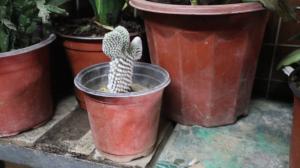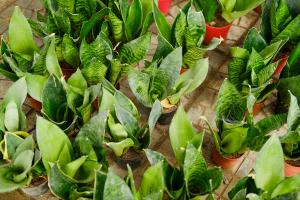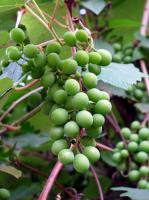Introduction
Spraying water on plants is a common practice in agriculture, especially in dry environments. This practice is essential to keep plants hydrated and prevent them from drying out. With the increase in climate change effects, the importance of plant hydration in dry environments has become more important than ever. In this article, we will explore the benefits of spraying water on plants in dry environments and the best practices to achieve optimal results.
Benefits of Spraying Water on Plants in Dry Environments
There are numerous benefits to spraying water on plants in dry environments. The following are some of the main advantages:
Hydration: The primary benefit of spraying water on plants in dry environments is that it keeps the plants hydrated. Proper hydration is crucial to ensure the survival and growth of plants.
Prevents Wilting: Plants tend to wilt in dry environments as they lose moisture due to evaporation. Spraying water on plants can prevent wilting and ensure that they remain healthy and vibrant.
Reduces Water Stress: Water stress is a condition that occurs when plants receive inadequate water supply. Spraying water on plants in dry environments can help reduce water stress and ensure that they receive enough water to survive and grow.
Improves Yield: Proper hydration is essential for a plant's growth and development. By spraying water on plants in dry environments, farmers can improve their yield and ensure that they have a healthy and thriving crop.
Best Practices for Spraying Water on Plants in Dry Environments
While spraying water on plants is beneficial, it is essential to follow best practices to achieve optimal results. The following are some of the best practices:
Water Quality: The quality of water used for spraying plants is crucial. It is recommended to use clean water that is free from pollutants and chemicals.
Frequency: The frequency of spraying plants depends on several factors, such as the type of plant, soil moisture, and weather conditions. Generally, it is recommended to spray plants at least once a week in dry environments.
Time: The best time to spray plants is early in the morning or late in the evening. This is because during these times, the weather is cooler, and the plants can absorb the water without evaporating too quickly.
Method: The method of spraying plants can vary depending on the crop and farm size. Farmers can use sprinklers, drip irrigation, or handheld hoses to spray water on plants.
Conclusion
In summary, spraying water on plants in dry environments is an essential practice in agriculture. It ensures that plants remain hydrated, prevent wilting, reduce water stress, and improve yield. The best practices for spraying water on plants include using clean water, spraying at the right frequency and time, and using the appropriate method. By following these best practices, farmers can ensure that they have a healthy and thriving crop, even in dry environments.

 how many times do yo...
how many times do yo... how many planted tre...
how many planted tre... how many pine trees ...
how many pine trees ... how many pecan trees...
how many pecan trees... how many plants comp...
how many plants comp... how many plants can ...
how many plants can ... how many plants and ...
how many plants and ... how many pepper plan...
how many pepper plan...































